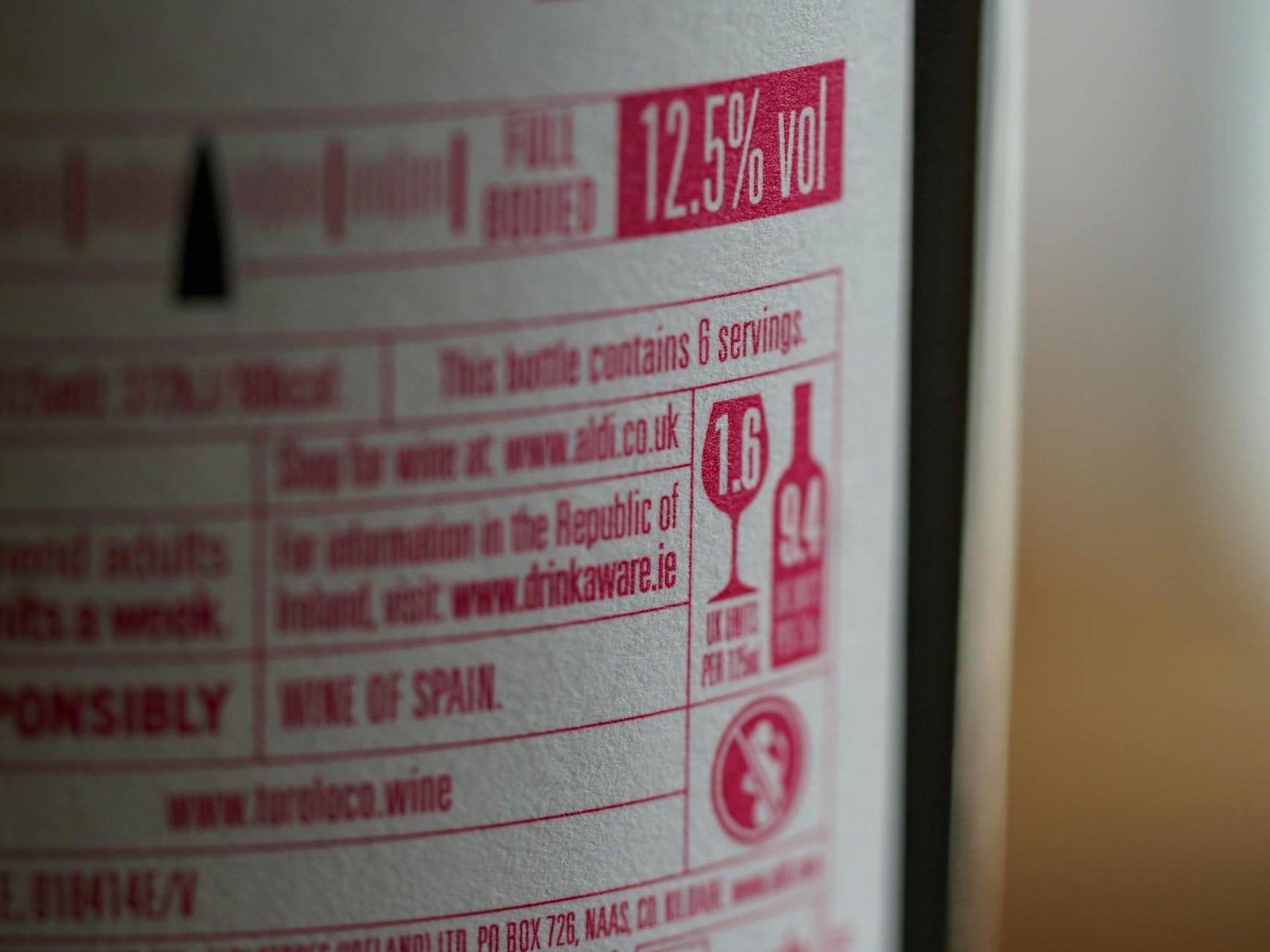Understanding ETOH
Introduction to ETOH
ETOH, or ethanol if you’re feeling fancy, is that clear, colorless liquid that pops up in more places than you might think. Sure, it’s the life of the party in your favorite drink, but it’s also a key player in fuel, a handy solvent, and even a medical tool. Ethanol is a versatile little molecule made by fermenting sugars from plants like corn, sugarcane, and barley.
In the medical world, ETOH is often mentioned for its effects on the body and its role in various treatments. If you’re curious about the medical side of ETOH, check out our deep dives on the medical abbreviation ETOH and what ETOH is in medical terms.
ETOH in Gasoline
Ethanol isn’t just for cocktails; it’s also a big deal in the fuel biz. In the U.S., almost every drop of gasoline you buy has a splash of ethanol in it, usually not more than 10%. These blends go by names like E10, E15, and E85, with the number showing how much ethanol is mixed in.
| Gasoline Blend | Ethanol Content | Vehicle Compatibility |
|---|---|---|
| E10 | Up to 10% | All gasoline vehicles |
| E15 | Up to 15% | Light-duty vehicles (model year 2001 or newer) |
| E85 | 51%–83% | Flexible-fuel vehicles |
E10 is the most common, and you can pump it into any car sold in the U.S. E15 works for cars, light trucks, and medium-duty vehicles from 2001 onward. E85, with its high ethanol content, is for flexible-fuel vehicles and is mainly found in the Midwest (EIA).
Ethanol is not just an American thing. Brazil, for instance, loves ethanol, and its gasoline contains at least 25% anhydrous ethanol (Wikipedia). This global embrace of ethanol in fuel blends is about reducing greenhouse gases and keeping our air a bit cleaner.
Want to know more about how ethanol affects fuel efficiency or the hurdles of blending it? Check out our sections on ethanol’s impact on fuel efficiency and blending challenges.
Impact of ETOH
ETOH on Vehicle Fuel Economy
Ethanol, or ETOH if you want to sound fancy, is a big player in the gas game. In the U.S., you’ll find it mixed into gasoline in blends like E10, E15, and E85. The numbers tell you how much ethanol is in there. Most of the gas you pump has some ethanol, with E10 being the most common.
| Ethanol Blend | Ethanol Content (%) | Vehicle Compatibility |
|---|---|---|
| E10 | 10 | All gasoline vehicles |
| E15 | 15 | Light-duty vehicles (2001 and newer) |
| E85 | 51-83 | Flexible-fuel vehicles |
Ethanol can mess with your car’s fuel economy. It’s got a high octane rating, which is suitable for engine performance, but it doesn’t pack as much energy as pure gasoline. So, you might notice a tiny dip in fuel economy with ethanol blends. But don’t sweat it too much—E10 and E15 blends usually don’t make a huge difference.
Government Policies and ETOH Use
The government has been pushing ethanol in gasoline since the disco days of the 1970s. They’ve rolled out various programs and rules to increase ethanol’s presence. The Renewable Fuel Standard (RFS) Program, born from the Energy Policy Act of 2005 and beefed up by the Energy Independence and Security Act of 2007, is about introducing renewable fuels like ethanol into the nation’s fuel supply.
The RFS Program wants to see more renewable fuels annually, aiming for 36 billion gallons by 2022. The Environmental Protection Agency (EPA) is the boss here, making sure everyone plays by the rules and pushes for more renewable fuel use.
Economic Impact of ETOH
Ethanol’s not just a fuel; it’s a job creator. In 2022, the ethanol biz kept nearly 79,000 folks employed across the U.S., pumped $57 billion into the GDP, and put $34.8 billion into people’s pockets (Alternative Fuels Data Center).
| Economic Impact | Value |
|---|---|
| Direct Jobs | 79,000 |
| GDP Contribution | $57 billion |
| Household Income | $34.8 billion |
Making and using ethanol also helps reduce oil imports, boosting energy security and supporting the economy. It’s like a double whammy for national security and the wallet.
For more information on how ethanol is used in medicine and industry, check out our section on ETOH in medical applications. If you’re curious about how ethanol is helping the planet, look at our article on ethanol’s environmental footprint.
Environmental Benefits of ETOH
Greenhouse Gas Emissions Reduction
Ethanol (ETOH) is a real game-changer for cutting down greenhouse gases. Corn-based ethanol, especially from dry mills, slashes emissions by about 40% compared to gasoline and diesel. And if you switch to cellulosic feedstocks, you’re looking at a whopping 88% to 108% reduction. That’s like taking 12 million cars off the road yearly, a big win for the planet and our lungs.
| Ethanol Type | GHG Emissions Reduction |
|---|---|
| Corn-based Ethanol (Dry Mills) | 40% |
| Cellulosic Feedstocks | 88% – 108% |
Clean Transportation Options
Ethanol isn’t just about cutting emissions; it’s about giving us cleaner ways to get around. Mixing ethanol with our fuel means cars run smoother and spew out less junk. This helps the environment and makes us less dependent on fossil fuels, which is a big deal when natural disasters hit or fuel supplies get shaky (Alternative Fuels Data Center).
Ethanol’s knack for reducing greenhouse gases by 44-52% compared to gasoline makes it a key player in the push for greener transportation. Are you curious about ethanol’s medical side? Check out our page on the medical abbreviation etoh.
Ethanol Production and Energy Security
Ethanol production is like a secret weapon for energy security, cutting down our need for foreign oil. In 2024 alone, ethanol helped the U.S. dodge importing over 630 million barrels of crude oil (Ethanol RFA). This boosts national security and pumps up the economy by creating jobs and supporting rural areas.
Ethanol plants aren’t just about fuel; they churn out nutritious animal feed like distillers grains. A third of every bushel processed goes into making this feed, which is a big plus for sustainable farming.
| Year | Barrels of Imported Crude Oil Displaced |
|---|---|
| 2024 | 630 million |
Want to know more about ethanol’s impact on health and wellness? Dive into our articles on what is etoh and etoh meaning.
Medical and Industrial Uses of ETOH
Ethanol, or ETOH if you’re feeling fancy, is like the Swiss Army knife of the chemical world. It’s got its fingers in all sorts of pies, from keeping things clean in hospitals to powering up engines. Let’s look at how this versatile liquid makes waves in medical and industrial scenes.
Ethanol as a Chemical Solvent
Ethanol is the go-to solvent for dissolving stuff. It’s like the Houdini of solvents, making organic compounds disappear into thin air. Whether it’s helping whip up new chemicals or getting turned into ethylene for more complex creations, ethanol has got it covered.
| Application | Description |
|---|---|
| Synthesis of Organic Compounds | Helps in cooking up various chemicals |
| Fuel Source | Lights up lamps, stoves, and engines |
| Ethylene Production | Gets dehydrated to become ethylene, a big deal in the chemical world |
Ethanol in Medical Applications
In the medical world, ethanol is the unsung hero of cleanliness. The secret sauce in those wipes and hand sanitizers keeps germs at bay. Ethanol makes sure bacteria, fungi, and viruses don’t stand a chance by busting up the bad guys’ cell walls and messing with their proteins.
| Application | Description |
|---|---|
| Medical Wipes | Keeps things sterile and safe |
| Hand Sanitizer Gels | Wages war on germs |
| Antiseptic | Breaks down cell walls and proteins |
Are you curious about the medical lingo surrounding ethanol? Check out our articles on the medical abbreviation etoh and what etoh means in medical terms.
Ethanol as a Fuel Source
When it comes to fueling up, ethanol’s got some serious street cred. In places like Brazil, it’s a staple in the gas tank, with a hefty 25% of the fuel mix being ethanol. Over in the U.S., blends like E10 and E85 are all the rage, keeping engines running smoothly.
| Country | Ethanol Blend | Description |
|---|---|---|
| Brazil | 25% | Gasoline’s got at least 25% ethanol |
| United States | E10, E85 | Popular ethanol/gasoline combos |
Ethanol’s journey from field to fuel tank is fascinating. It starts with fermenting sugars from grains like corn and sugar cane. In the U.S., corn is the star of the show, turning into what’s known as conventional biofuel. But the ethanol story doesn’t stop there—it’s also made from trees and grasses, earning the title of advanced biofuel.
For a deeper dive into how ethanol is made and its environmental impact, visit our sections on the ethanol production process and ethanol and environmental concerns.
Ethanol has a lot going on, whether cleaning up in hospitals or powering up cars. Its many uses in medicine and industry show how vital and adaptable this little molecule is.
Ethanol Production Process
Understanding how ethanol is made is key to understanding its use in everything from medicine to industry. Ethanol, or ETOH if you’re feeling fancy, is whipped up using two main methods: dry milling and wet milling. Each has its steps and churns out some handy by-products.
Dry Milling Process
In the dry milling process, the whole grain kernel gets a good grind into “meal,” then mixed with water to make a “mash.” Enzymes combine to turn starch into sugar, and yeast transforms sugar into alcohol (Ethanol RFA). The “beer” from this fermentation is separated from the leftover “stillage.” The ethanol is then distilled, dried, and mixed with about 2% denaturant (like gasoline) to make it undrinkable before it hits the road.
| Step | Description |
|---|---|
| Grinding | Grain kernel is ground into meal |
| Slurrying | Meal is mixed with water to form mash |
| Enzyme Addition | Enzymes convert starch to sugar |
| Fermentation | Yeast converts sugar to alcohol |
| Separation | “Beer” is separated from stillage |
| Distillation | Ethanol is distilled and dehydrated |
| Denaturing | Ethanol is blended with denaturant |
Wet Milling Process
Wet milling takes a different route. The grain is soaked in water and sulfur dioxide to break it down into its parts. After grinding, the germ, fiber, gluten, and starch are separated. The starch is then fermented to make ethanol, while the other bits are used for various by-products.
| Step | Description |
|---|---|
| Soaking | Grain is soaked in water and sulfur dioxide |
| Grinding | Soaked grain is ground |
| Separation | Germ, fiber, gluten, and starch are separated |
| Fermentation | Starch is fermented to produce ethanol |
| Distillation | Ethanol is distilled and dehydrated |
| Denaturing | Ethanol is blended with denaturant |
Co-Products of Ethanol Production
Whether you’re going dry or wet, making ethanol churns out some useful extras. These include distillers’ grains and corn distillers’ oil, which come from the stillage after the ethanol is separated (Ethanol RFA). Distillers’ grains make for a high-protein animal feed, while corn distillers’ oil finds its way into biodiesel and other industrial uses.
| Co-Product | Description |
|---|---|
| Distillers Grains | High-protein animal feed |
| Corn Distillers Oil | Used in biodiesel production and industrial applications |
For more on how ethanol fits into different areas, check out our articles on etoh meaning, etoh medical abbreviation, and what is etoh. Knowing how ethanol is made and what comes out of it can help medical folks, patients, and those in recovery make smart choices about its use and effects.
Ethanol and Environmental Concerns
Ethanol’s Impact on Fuel Efficiency
Ethanol, or ETOH if you’re feeling fancy, is often mixed with gasoline to make blends like E10 (10% ethanol) and E15 (15% ethanol). But here’s the kicker: these blends can make your car guzzle more gas. The EIA says you might see about a 3% drop in fuel economy with E10. Why? Ethanol’s got less oomph—about two-thirds the energy of regular gasoline.
| Ethanol Blend | Fuel Economy Reduction |
|---|---|
| E10 | 3% |
| E15 | 4-5% |
Ethanol Blending Challenges
Mixing ethanol with gasoline isn’t all sunshine and rainbows. One big hiccup is that higher ethanol blends don’t always play nice with current car engines and fuel systems. Cars usually get 3 to 4 percent fewer miles per gallon on E10 and 4 to 5 percent fewer on E15 than straight-up gasoline (Yale Environment 360). Blame it on ethanol’s lower energy punch.
Some people support higher blends like E30, saying that engines designed for these fuels could perform better. But that means getting the EPA on board and reworking car designs and fuel setups.
Ethanol’s Environmental Footprint
Ethanol’s green credentials are a hot topic. It’s pitched as a cleaner option than gasoline, but making and using it isn’t without issues. Jumping from E10 to E30 could mean more carbon emissions, nasties in drinking water, algae blooms, and more enormous water bills for folks in the Midwest (Yale Environment 360).
Ethanol’s role in climate change is murky. Some studies put corn-based ethanol (E85) at the bottom of the list for climate, air pollution, land use, wildlife harm, and chemical waste. So, while ethanol might have some eco-friendly perks, it’s got its fair share of hurdles to clear.
Are you curious about ETOH and its medical side? Check out our articles on etoh meaning, etoh medical abbreviation, and what etoh is.












